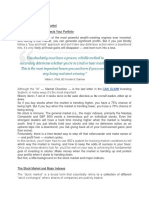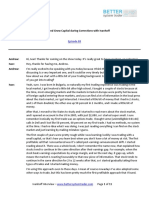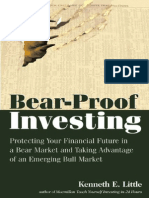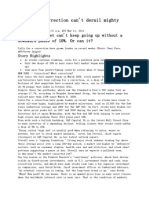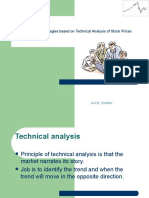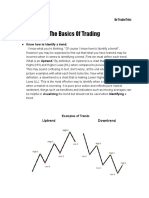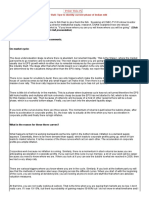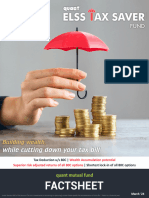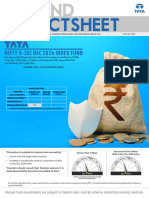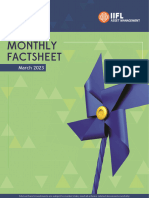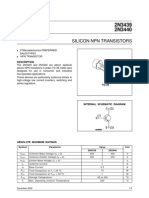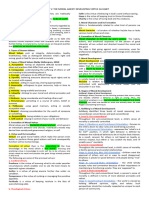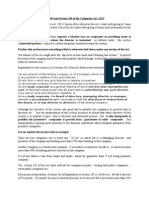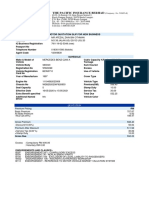How to profit from downward markets and falling prices?
When the market starts to fall, some investors start to panic. But there are so many
ways to take advantage of downward markets that there’s no need to make a move out of
fear.
A bear market is generally used to describe a downward market. But specifically, it is a
market that has fallen by 20% or more from a previous high, lasting for a long period of
time (usually two or more months). This occurs when the number of sellers outweighs the
number of buyers, resulting in a pessimistic market sentiment.
What are the other types of downward markets?
To avoid confusion between a bear market and other downward price movements, we’ve
looked at four types of downward market, and how they differ from a bear market.
These are:
Market pullbacks or retracements. This is a temporary reversal in the movement of a
share price. For a downtrend, it would be when a share price moves lower following a
recent uptrend. A retracement doesn’t usually mean much on its own, as prices fluctuate
all the time, so it is important to use technical indicators to determine whether it is a
reversal or the start of something more
Reversals. A reversal is a turnaround in the price movement of an asset, in this case,
when an uptrend becomes a downtrend. Unlike a retracement, it is a more sustained
period of decline. It is important to watch out for reversal candlestick patterns, such as
double or triple bottoms
Market corrections. This is a 10% decline in the price of a stock or index from a 52-
week high. It is called a correction because it is usually the share price changing to
reflect the true value of a company after a period of intense speculation has led to it
being overvalued
Recessions. A recession is a complete economic decline that takes place over a six-month
period or longer. If the economy is in decline, securities will suffer too as businesses
earnings are impacted
How to manage your existing investments if the market crashes
At the start of a market crash, bear market, or even a more temporary downturn, it is
important to not panic and follow the herd. While these downward price movements do
have adverse impacts on portfolios, the extent to which you are at risk will completely
depend on your goals as a trader or investor.
For buy-and-hold investors there isn’t necessarily a need to fear a market downturn
because you’re interested in the long-term trajectory of the stock market. Bear
�markets do tend to be significantly shorter than bull markets, which is why the stock
market has – overall – increased in price.
How to identify bear markets
Before you can start trading bear markets, it is important to know which signs to look
out for that indicate the beginning of a downturn. These include:
Failed market rallies. The most common sign that a bear market is impending is an
uptrend that doesn’t gain any traction. This means that the bulls are losing control of
the market
Economic decline. When the economy as a whole starts to contract – indicated by rising
unemployment, high levels of inflation and bank failures – it is usually a sign that the
stock market will take a downturn too
Rising interest rates. When interest rates rise, consumers and businesses will cut
spending, causing earnings to decline and share prices to drop
Defensive stocks starting to outperform. When companies involved in the supply of
consumer staples start to outperform other sectors, it’s often seen as a sign that a
period of economic growth is over because consumers are cutting back on unnecessary
items
How often do downward markets occur?
There is no sure-fire answer to this, because it completely depends what type of market
downturn you’re talking about.
Retracements and pullbacks could happen multiple times a day in periods of volatility,
while larger market downturns, such as corrections, bear markets and recessions happen
less frequently. For example, analysts tend to expect one market correction every two
years.
There are multiple ways to make profit in falling markets: short-selling, dealing short
ETFs, trading safe-haven assets, currencies and options, focusing on defensive stocks
and dividend stocks, or buying at the bottom













